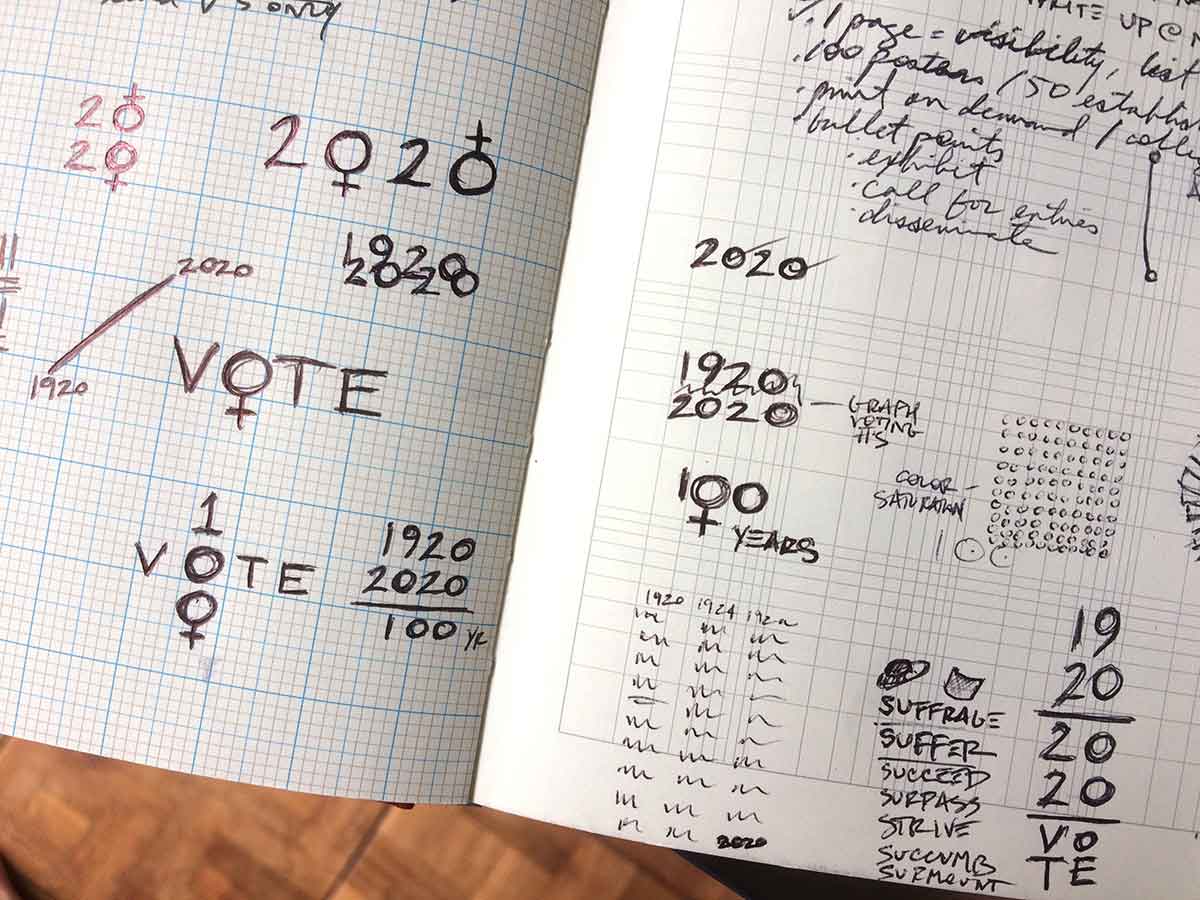Kelly Salchow MacArthur
Associate Professor
Michigan State University
2020 marks the centennial of the ratification of the 19th Amendment, granting women the right to vote in the United States in 1920. At over 167 million, women make up 50.6% of the American population.(1) In every presidential election since 1964, more women have voted than men. In 2016, 63.3% of women cast ballots.(2) Graphic design has consistently been implemented as a powerful tool in politics, with poster design running parallel to activism and social change for over 100 years. In light of the approaching 2020 election, design educators and practitioners Nancy Skolos and Kelly Salchow MacArthur, have merged these concepts to create the Women’s Vote 2020 initiative. This presentation will share the case study of this historic opportunity to catalyze women in design, voting rights, citizenship, community, and diversity—through a poster design initiative commemorating the milestone and promoting voter participation.
_________________
1. “United States of America (USA) Population Clock,” n.d., https://countrymeters.info/en/United_States_of_America_(USA) (accessed July 12, 2019).
2. “Gender Differences in Voter Turnout,” 2019, http://www.cawp.rutgers.edu/sites/default/files/resources/genderdiff.pdf (accessed July 15, 2019).
This research was presented at the Design Incubation Colloquium 6.2: CAA 2020 Conference Chicago on February 14, 2020.



